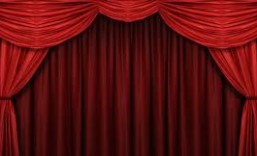“To be, or not to be: that is the question:
Whether ’tis nobler in the mind to suffer
The slings and arrows of outrageous fortune,
Or to take arms against a sea of troubles,
And by opposing end them? To die: to sleep;
No more; and by a sleep to say we end
The heart-ache and the thousand natural shocks
That flesh is heir to, ’tis a consummation
Devoutly to be wish’d.” – William Shakespeare “Hamlet” Circa 1623
Today with budget cuts across the country, Schools are asking this very question of fine arts departments. Are these programs to be or not to be? Should we suffer the financial pain of keeping these classes that are not covered by standardized testing? Or should we just cut them in order to free up money that we can use on helping text scores and athletic programs?
People think that math and science classes are more practical in the long run because they can be applied to the job markets of the future. For this reason, Math and Science classes are rarely, if ever cut from the public high school curriculum when there are budget shortfalls. The problem is that Fine Arts are just as, if not more important in creating well-rounded and educated Americans. School boards overlook the long-range effects of cutting arts classes and focus just on the immediate budget. It is Fine Arts however that sets students apart, because everyone can count and fill a test tube. Fine Arts make a student unique According to Americans for the Arts exposure to art and music does more than just improve creativity. Children who receive regular exposure to the arts are four times more likely to be recognized for academic excellence, to participate in a math or science fair, and win an award for writing a poem or essay. These children are also three times more likely to be elected to a class office or to win an award for school attendance.(americansforthearts.org)

